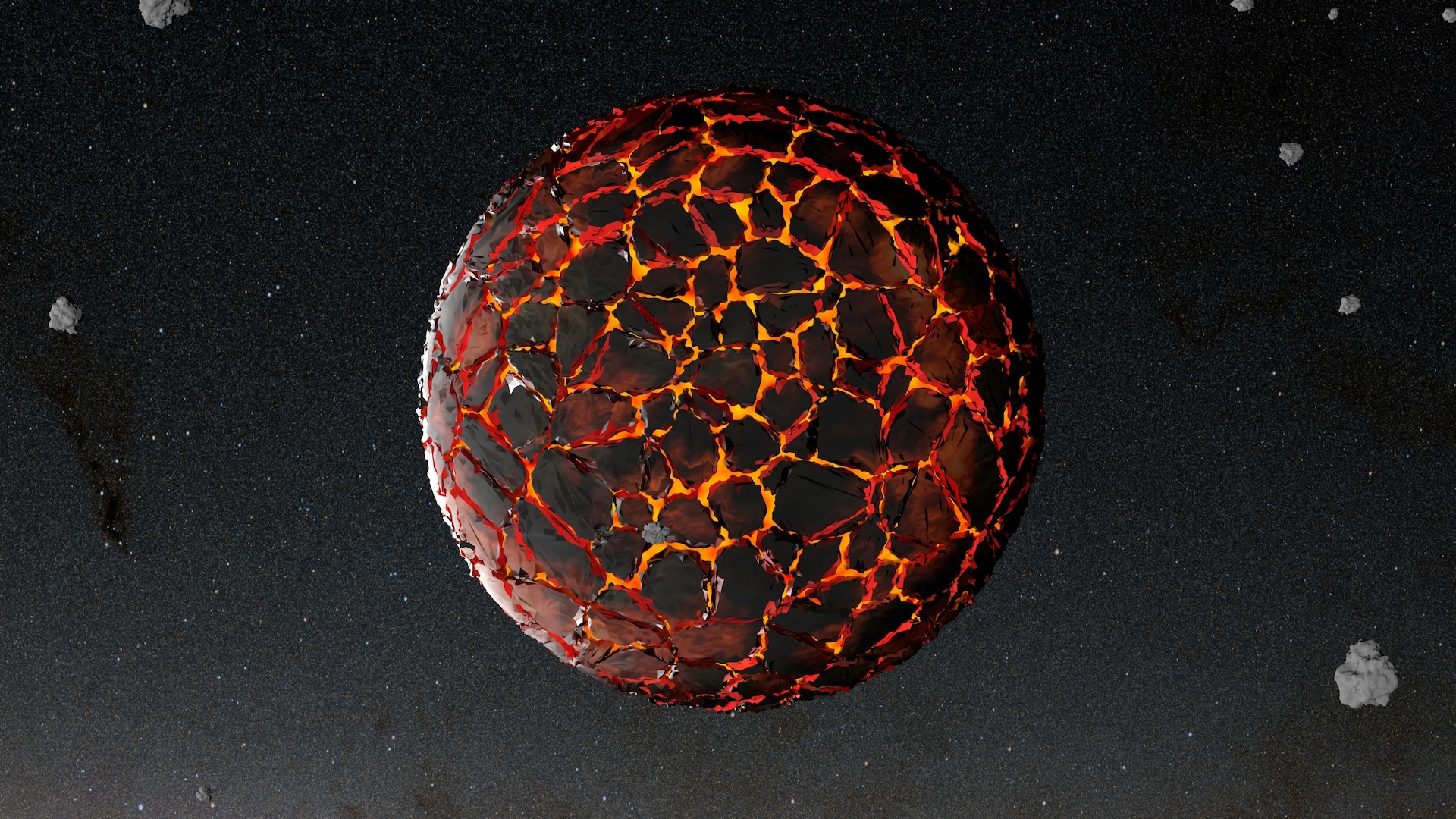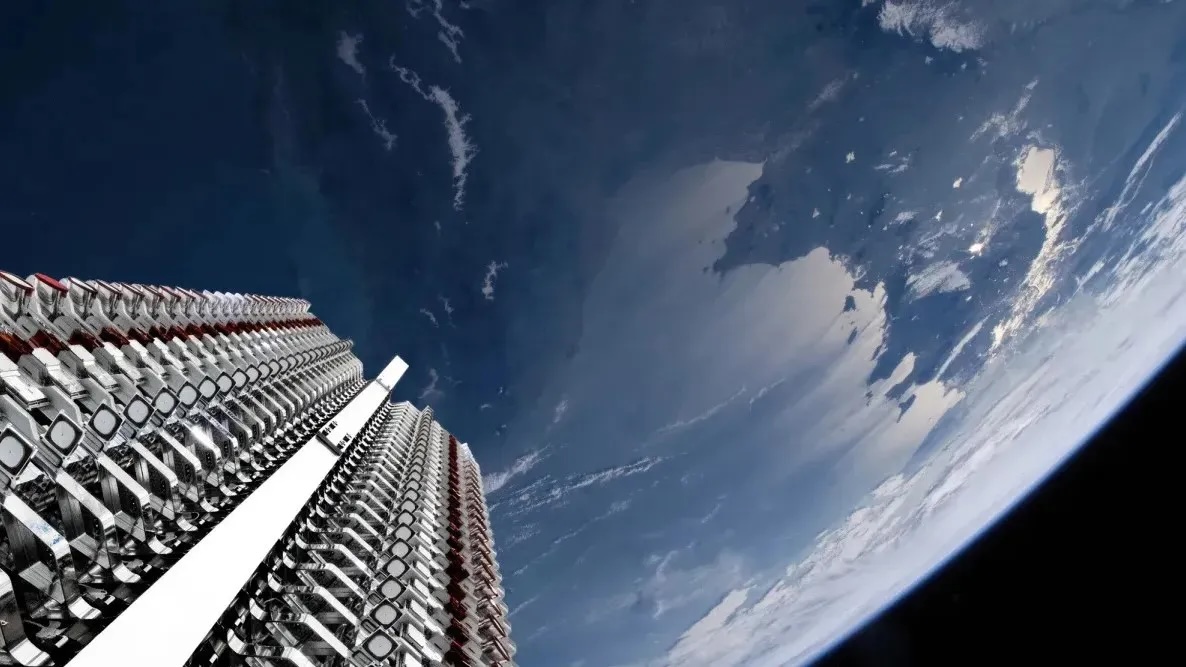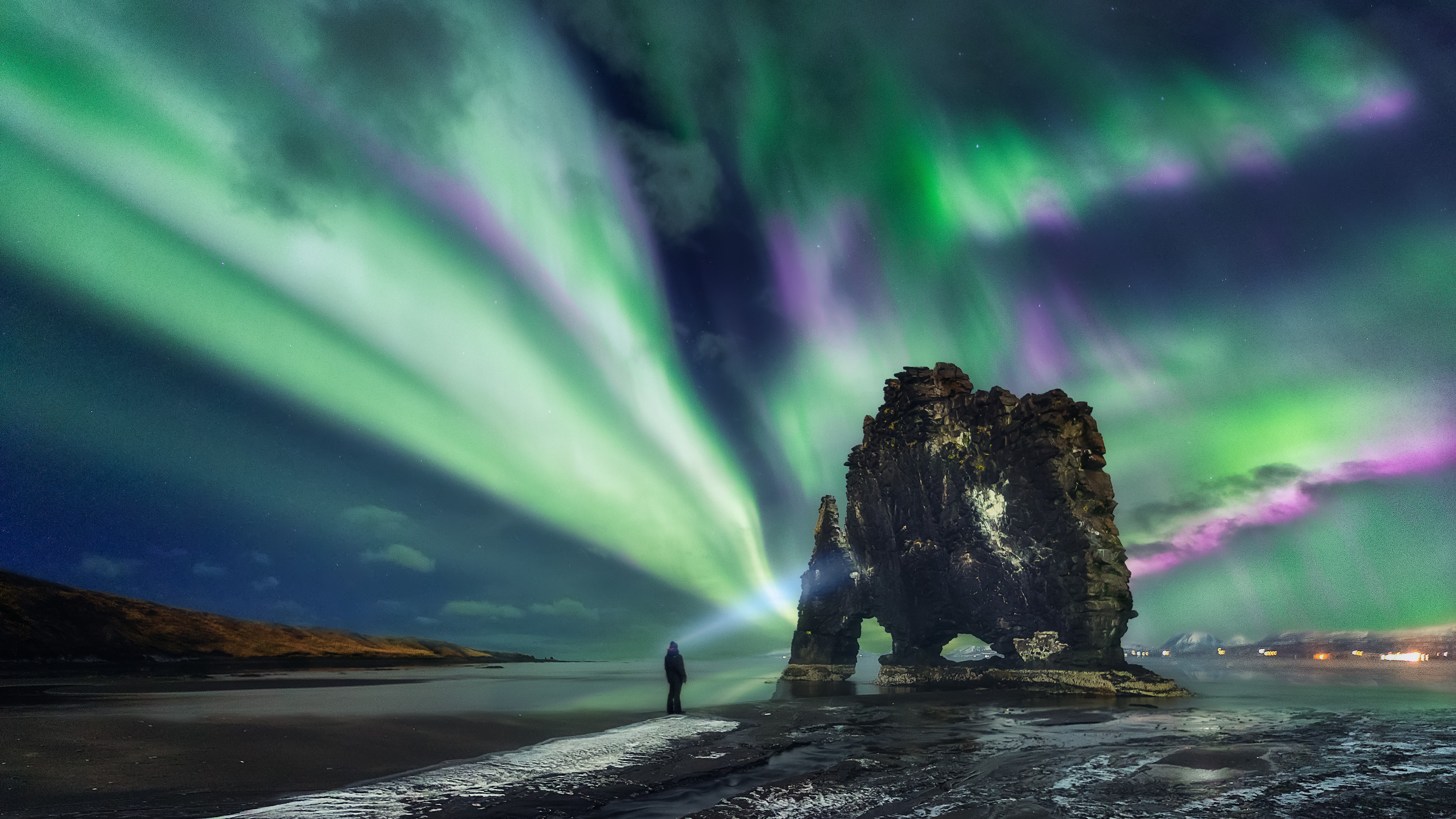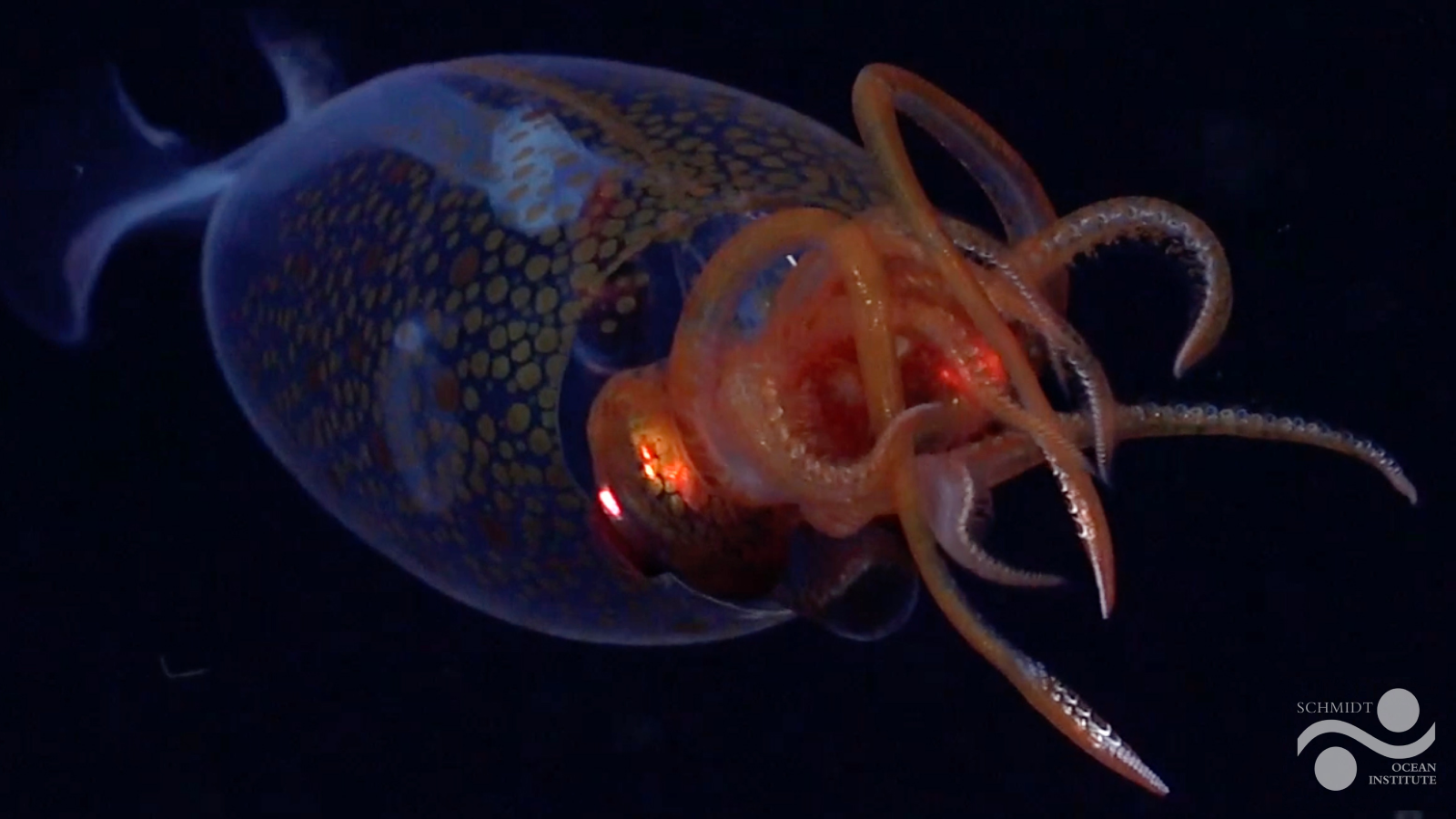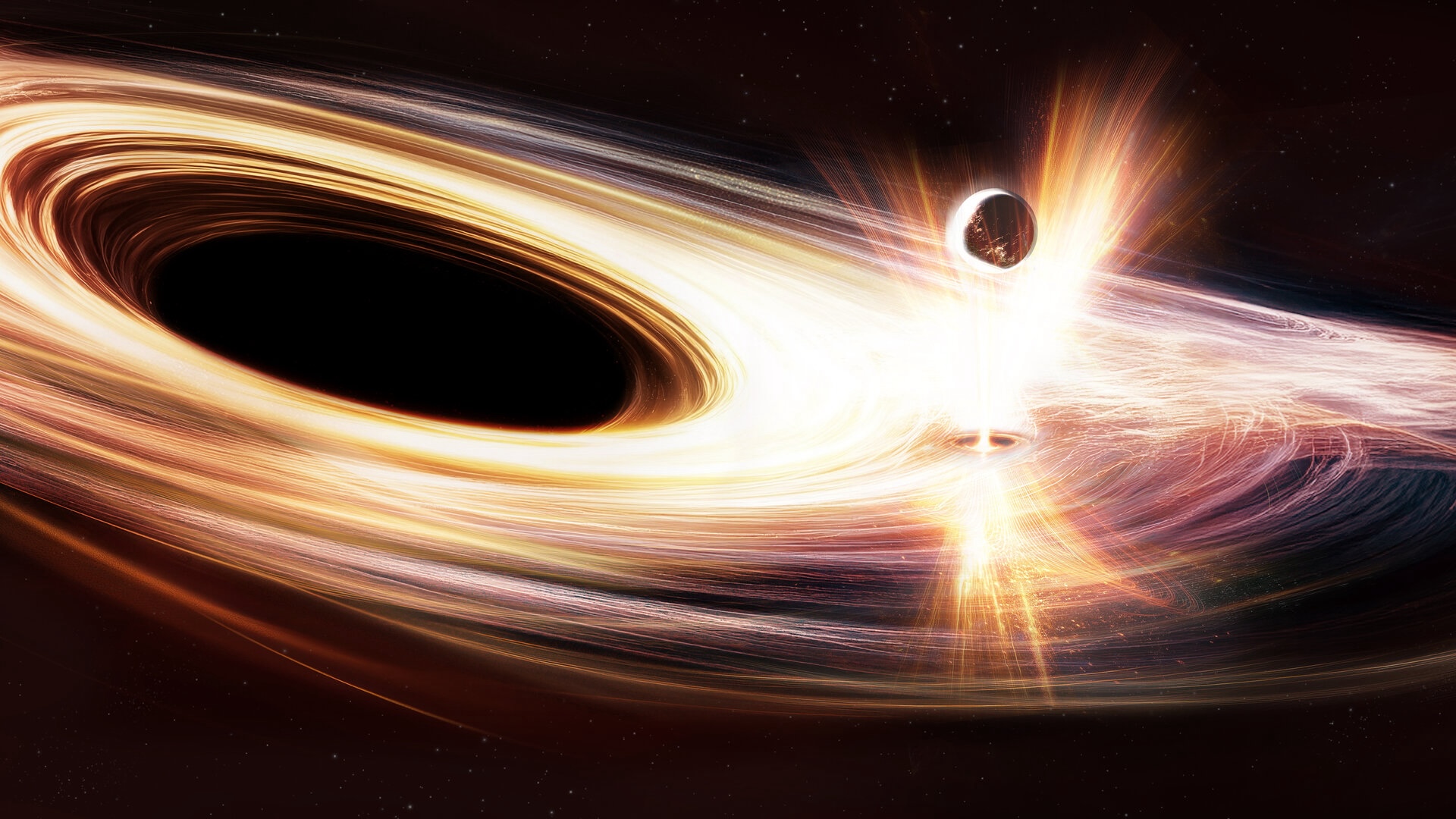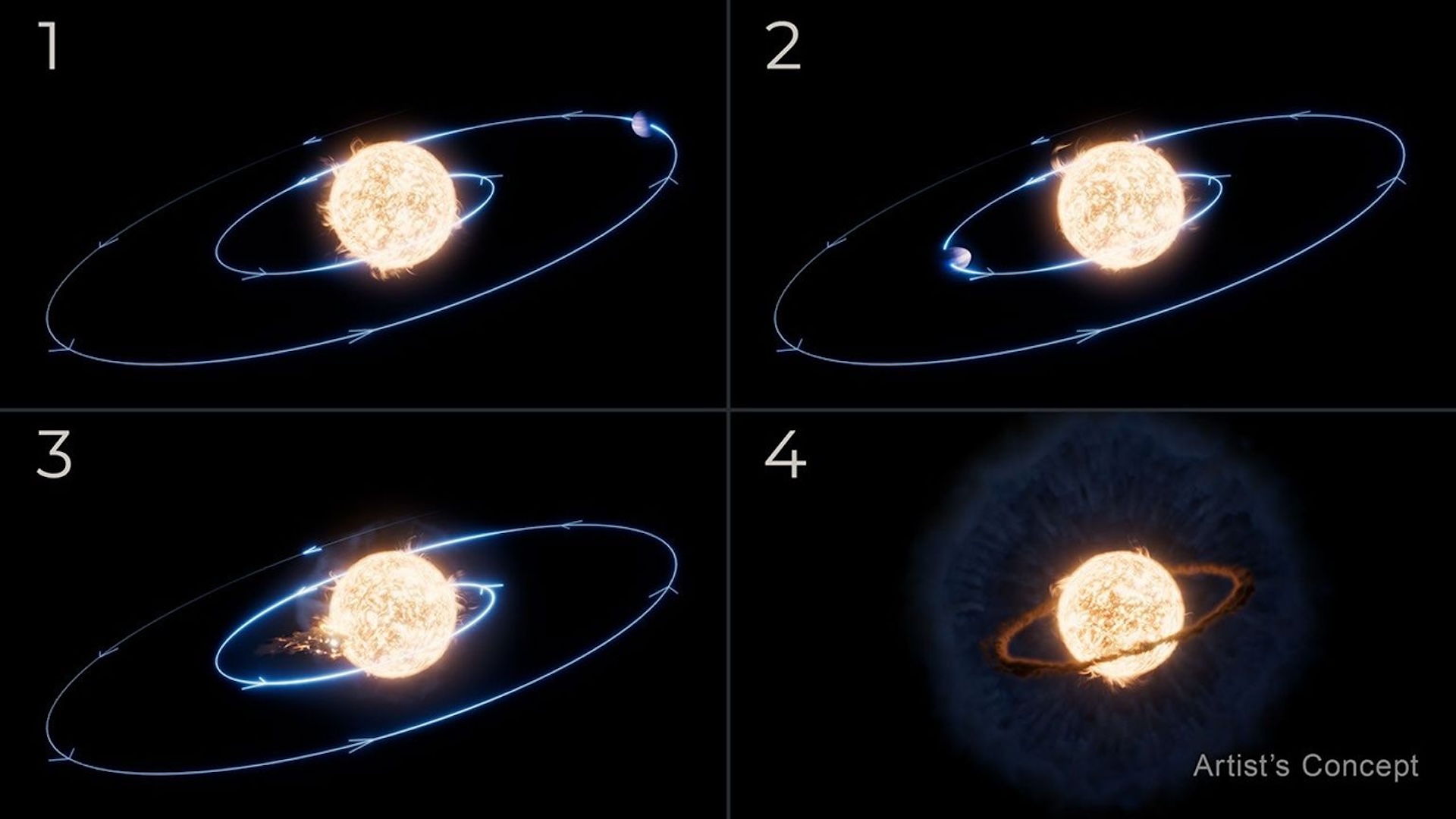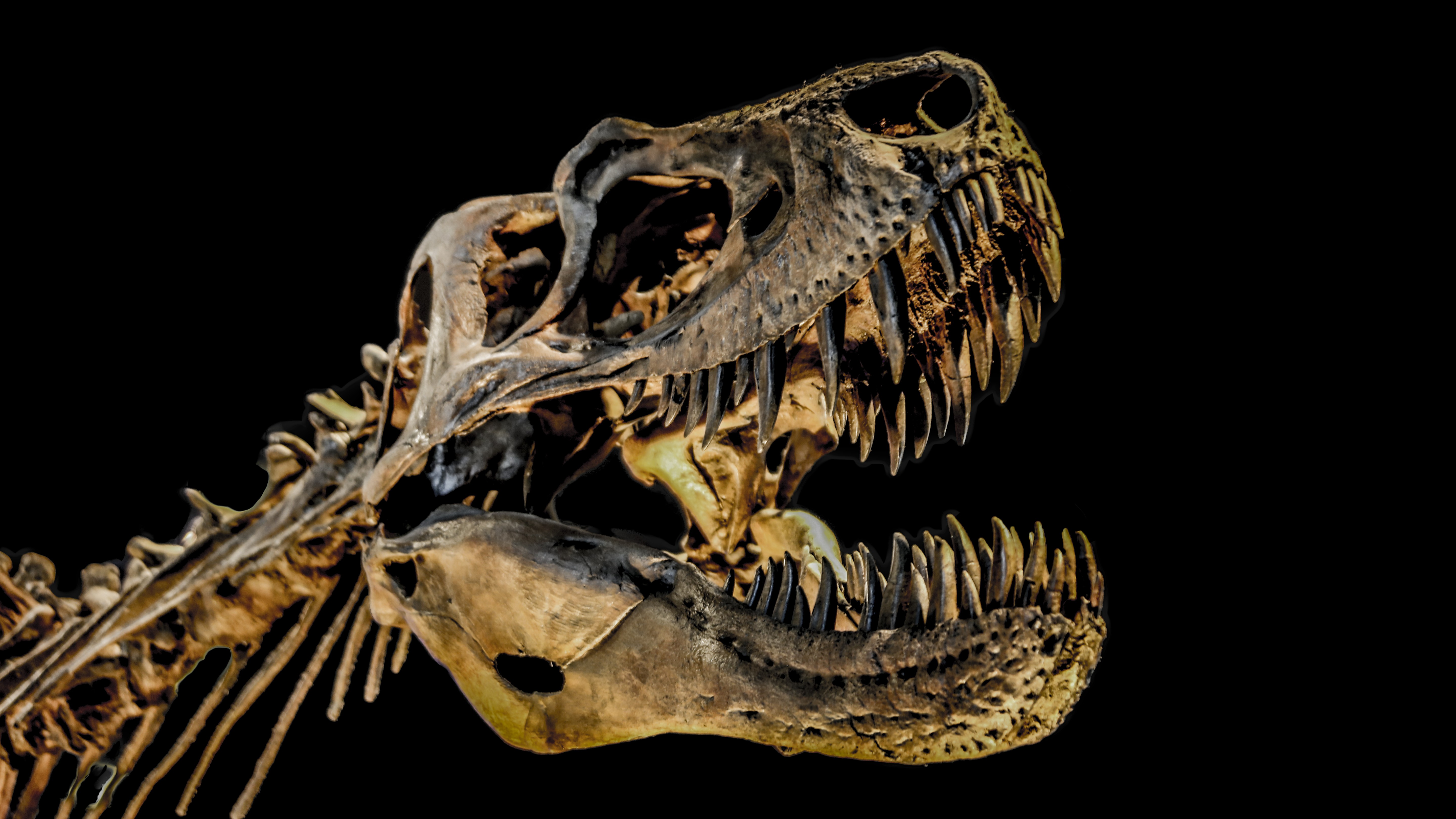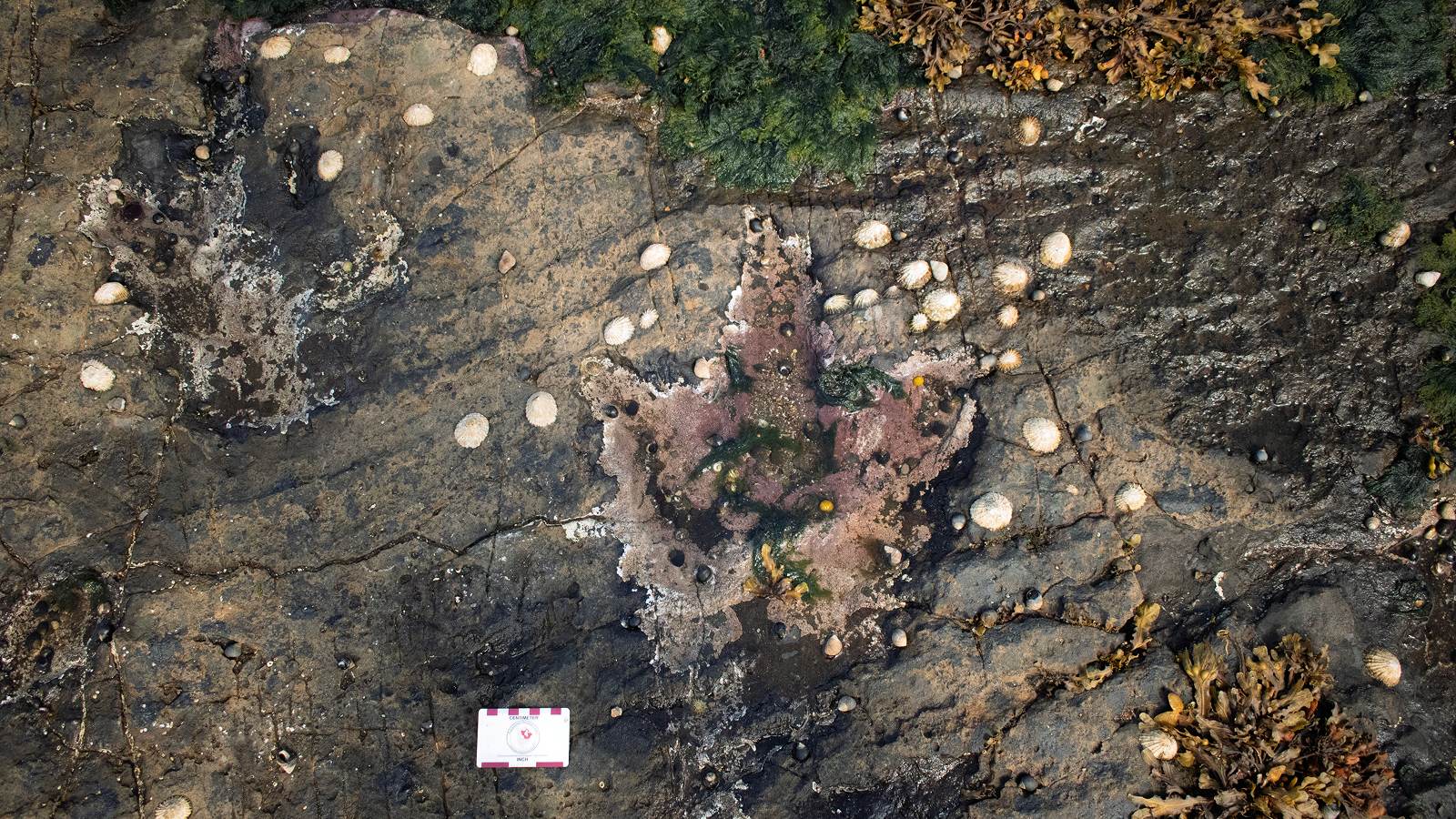Underwater volcano-like structure is spewing gas off Alaska's coast, US Coast Guard says
Mapping in the Chukchi and Beaufort seas off Alaska has uncovered a 1,640-foot-tall structure on the seafloor, but scientists say it's too early to determine the nature of the discovery.

Scientists working alongside the U.S. Coast Guard have discovered a 1,640-foot-tall (500 meters) structure that looks like an underwater volcano off the coast of Alaska.
The structure may be spewing gas, based on data collected from the water above it, but the scientists still aren't certain. Whether the structure turns out to be a volcano or not, it is 5,250 feet (1,600 m) deep at its shallowest point, meaning it poses no risk to navigation, according to a statement.
Researchers found the previously unknown structure during a three-part mission aboard the U.S. Coast Guard's icebreaker "Healy" to map the ocean floor in the Chukchi and Beaufort seas.
"Although analysis is ongoing, these findings are exciting and offer insight into what may exist beneath the ocean's surface, much of which is unknown in this region," Meghan McGovern, the commanding officer of the National Oceanic and Atmospheric Administration's (NOAA) "Fairweather" ship who took part in the mission, said in the statement.
Scientists discovered the structure during the first leg of Healy's ongoing mission, which is investigating a portion of the Alaskan Arctic Coast Port Access Route Study (Arctic PARS) area along the north coast of Alaska. Arctic PARS is assessing the potential for new shipping routes along the entire U.S. Arctic coast, from Cape Prince of Wales on Alaska's Seward Peninsula to the U.S. border with Canada near Gordon, Alaska.
The second and third legs of the mission will invite early career scientists to conduct various kinds of ocean-based research, including mapping the seabed and sampling water to fill gaps in experts' understanding of these remote areas.
Sign up for the Live Science daily newsletter now
Get the world’s most fascinating discoveries delivered straight to your inbox.
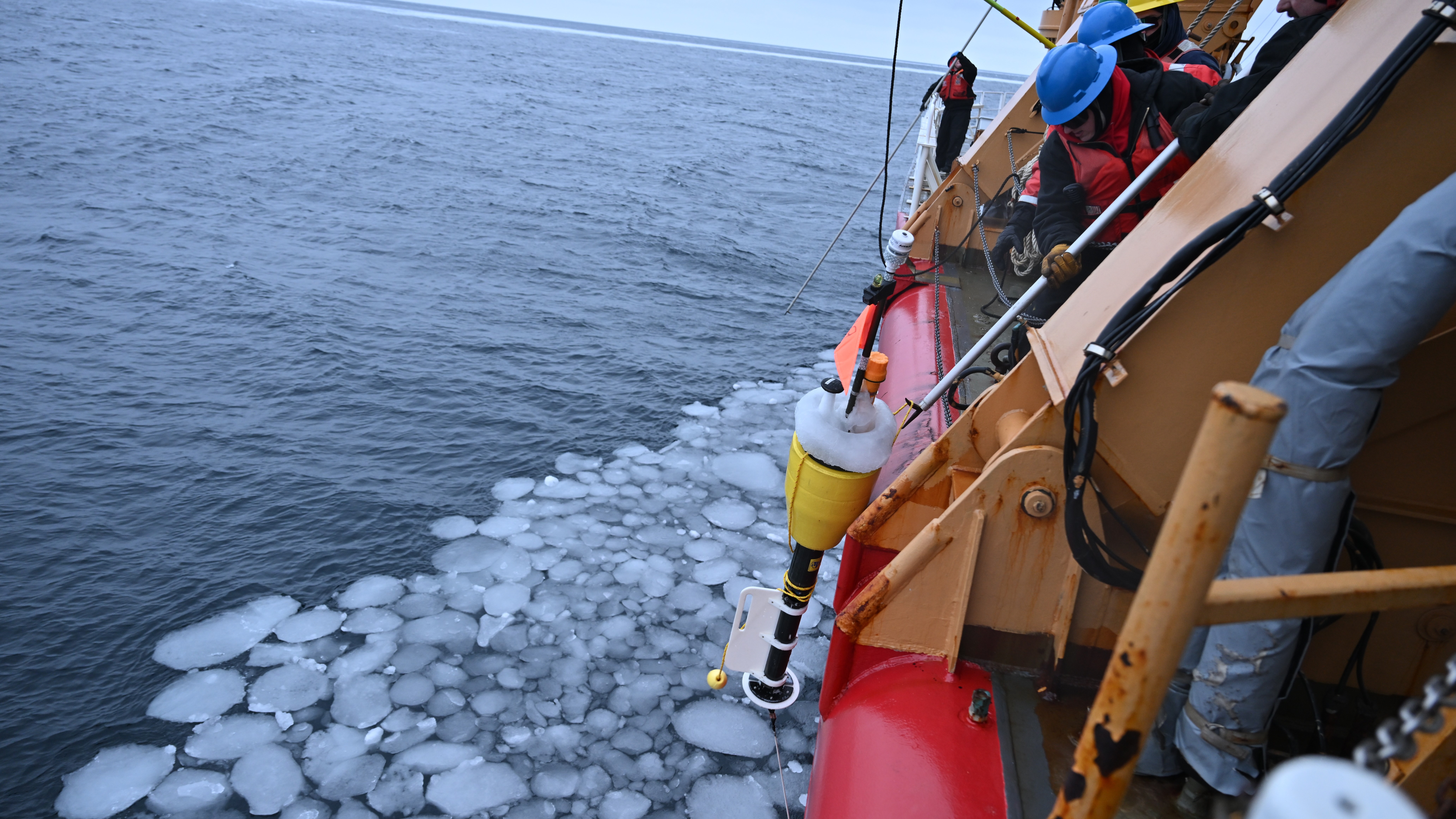
The Healy's datasets won't be released for a few more weeks, and there is currently little to no information available about the new structure to draw conclusions from, said Tim Orr, a volcanologist and research geologist at the Alaska Volcano Observatory who was not involved in the discovery.
"While we are waiting for the data release, our current understanding of the general area where this feature was found is that young volcanoes are not probable in that location," Orr told Live Science in an email. It's possible that the gas detected above the structure was related to processes other than volcanism, such as a deep-buried hydrocarbon reservoir, Orr said.
"There are submarine volcanoes in Alaska, like the emergent volcano Bogoslof, but those are located in areas of known volcanism, unlike the feature reported by the Healy," he added.

Sascha is a U.K.-based staff writer at Live Science. She holds a bachelor’s degree in biology from the University of Southampton in England and a master’s degree in science communication from Imperial College London. Her work has appeared in The Guardian and the health website Zoe. Besides writing, she enjoys playing tennis, bread-making and browsing second-hand shops for hidden gems.

